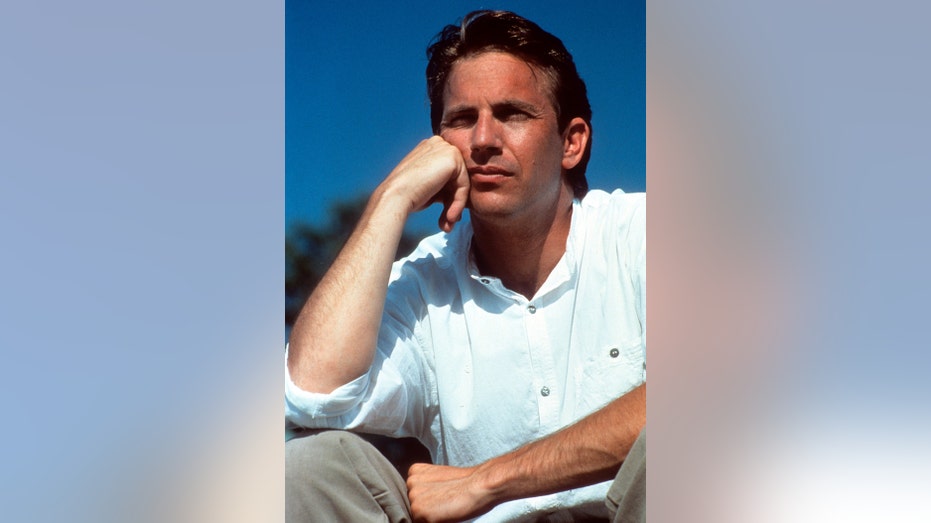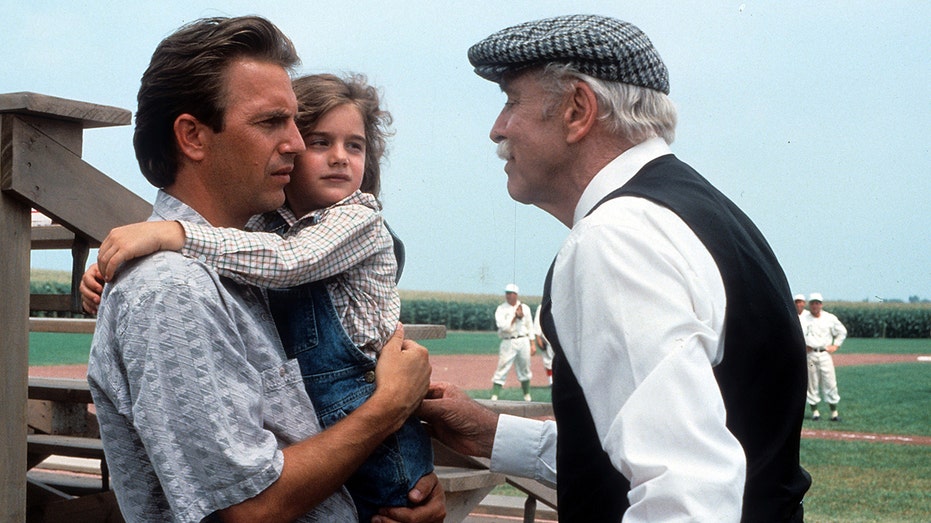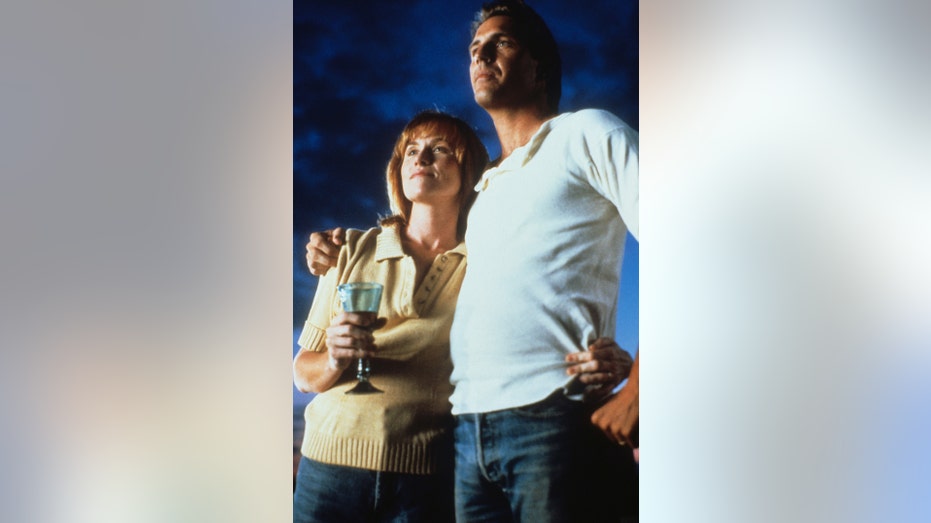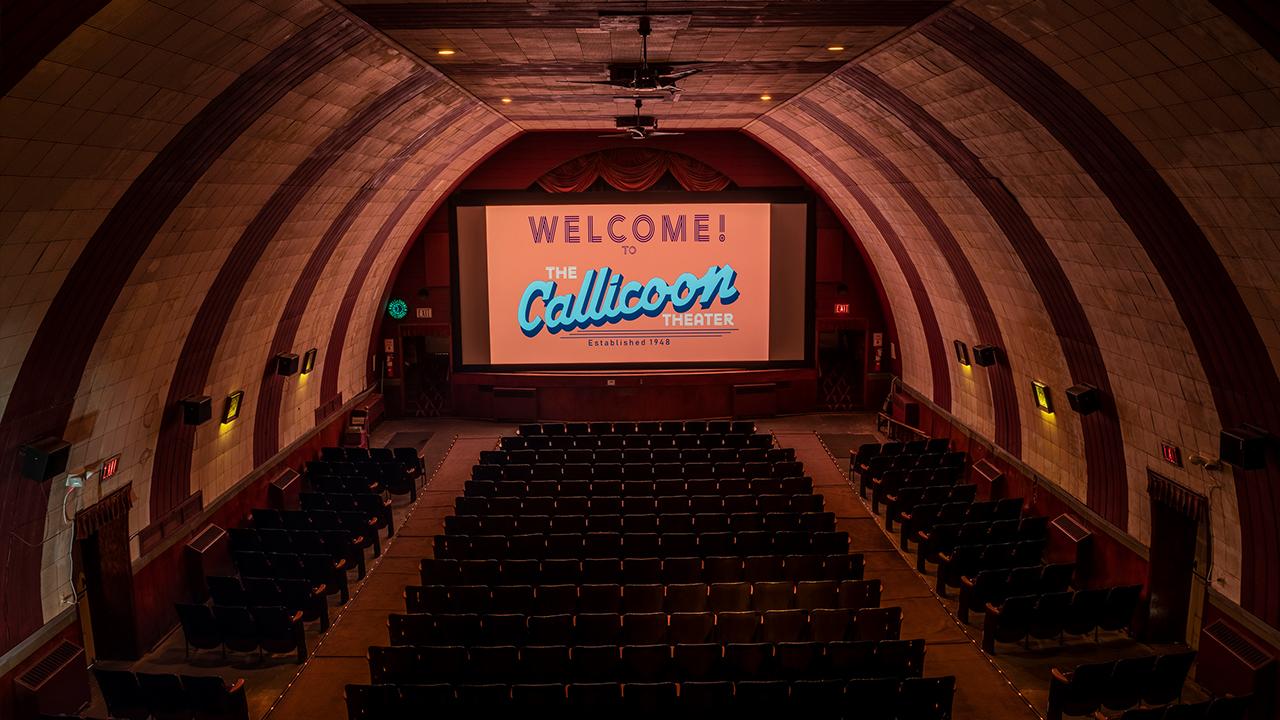How much did 'Field of Dreams' make at the box office in 1989?
The Oscar-nominated film had a surprising and risky run to popularity when it was released
Original movies are over-performing, despite box office slump
Elizabeth Wagmeister on box office
Renewed attention is being paid to the 1989 Kevin Costner-led sports film "Field of Dreams," prompting many to wonder if its enduring popularity was matched by its financial success at the time.
More than 30 years after its release, the New York Yankees and the Chicago White Sox will play each other Thursday night in the "Field of Dreams" in Dyersville, Iowa, where the movie was initially shot. According to the New York Post, MLB constructed a massive 7,911 seat pop-up ballpark on the site where the Oscar-nominated film constructed a baseball diamond for its story all those years ago. The MLB spectacle is expected to delight fans in the small town, who have kept the legacy of "Field of Dreams" alive for decades.
The event marks the first time a Major League game will be played in Iowa, and acts as yet another way the baseball classic has helped shape the small town. While "Field of Dreams" certainly lives in the hearts of its fans, none would have predicted its legacy based solely on box office numbers when it was released.
According to Box Office Mojo, "Field of Dreams" had a shockingly meager opening in April of 1989 with $531,346 across only 22 theaters. However, it would go on to gross $84,431,625 worldwide throughout its impressive run in theaters through December.
DISNEY'S 'JUNGLE CRUISE' FLOATS TO $90M GLOBAL OPENING WEEKEND, OVER $30M FROM STREAMING

Kevin Costner in a scene from the film 'Field Of Dreams', 1989. (Photo by Universal/Getty Images) (Universal/Getty Images / Getty Images)
Speaking to Forbes in 2019, writer and director Phil Alden Robinson noted that 1989 was a much different time when it came to marketing a movie. Expectations were low for "Field of Dreams," which is based on a book titled "Shoeless Joe" by W.P. Kinsella. Robinson envisioned it as more of an indie film. However, he says Universal Pictures saw its potential and hoped to do a bit of a slow burn on its release, starting small in only a few theaters in the hopes that chatter throughout the country would propel it to success.
MATT DAMON'S 'STILLWATER' BANKING ON THEATERS-ONLY RELEASE
"The studio planned to build word of mouth and take their time," Robinson told the outlet. "We thought it would probably place through the end of summer, but it picked up some gold dust along the way, word of mouth was terrific, and people went back to see it again, and they’d bring friends and family. People would want to share this with others, and I think that extended the run, but we never thought it would go all the way to December."

Kevin Costner holding Gaby Hoffmann in a scene from the film 'Field Of Dreams', 1989. (Photo by Universal/Getty Images) (Universal/Getty Images / Getty Images)
Although "Field of Dreams" had an impressive underdog story to rise in the box office charts, the reality is that 1989 was a big year for movies. While $84,431,625 is an impressive showing for the unexpected cultural phenomenon, it had some stiff competition. The top three movies of that year were fellow pop culture mega-hits "Batman" ($251,188,924), Indiana Jones and the Last Crusade" ($197,171,806) and "Dead Poets Society" ($174,997,852).
The film was also beat by word-of-mouth classics like "Back to the Future Part II," "Ghostbusters II" and "When Harry Met Sally..." Still, even three decades later it's earned its place in cinema history.
GET FOX BUSINESS ON THE GO BY CLICKING HERE

Amy Madigan and Kevin Costner looking out over the horizon in a scene from the film 'Field Of Dreams', 1989. (Photo by Universal/Getty Images) (Universal/Getty Images)
For those unfamiliar, "Field of Dreams" tells the story of a down on his luck Iowa farmer named Ray, played by Costner. One night in his cornfield, he hears a voice saying "if you build it, he will come." Despite the further financial hardship it causes as well as not being able to fully explain his compulsion, Ray builds a baseball diamond in the cornfield and starts to see the ghosts of famous players emerge to play ball.
The film was nominated at the 1990 Academy Awards for best picture, best writing and best music score.




















